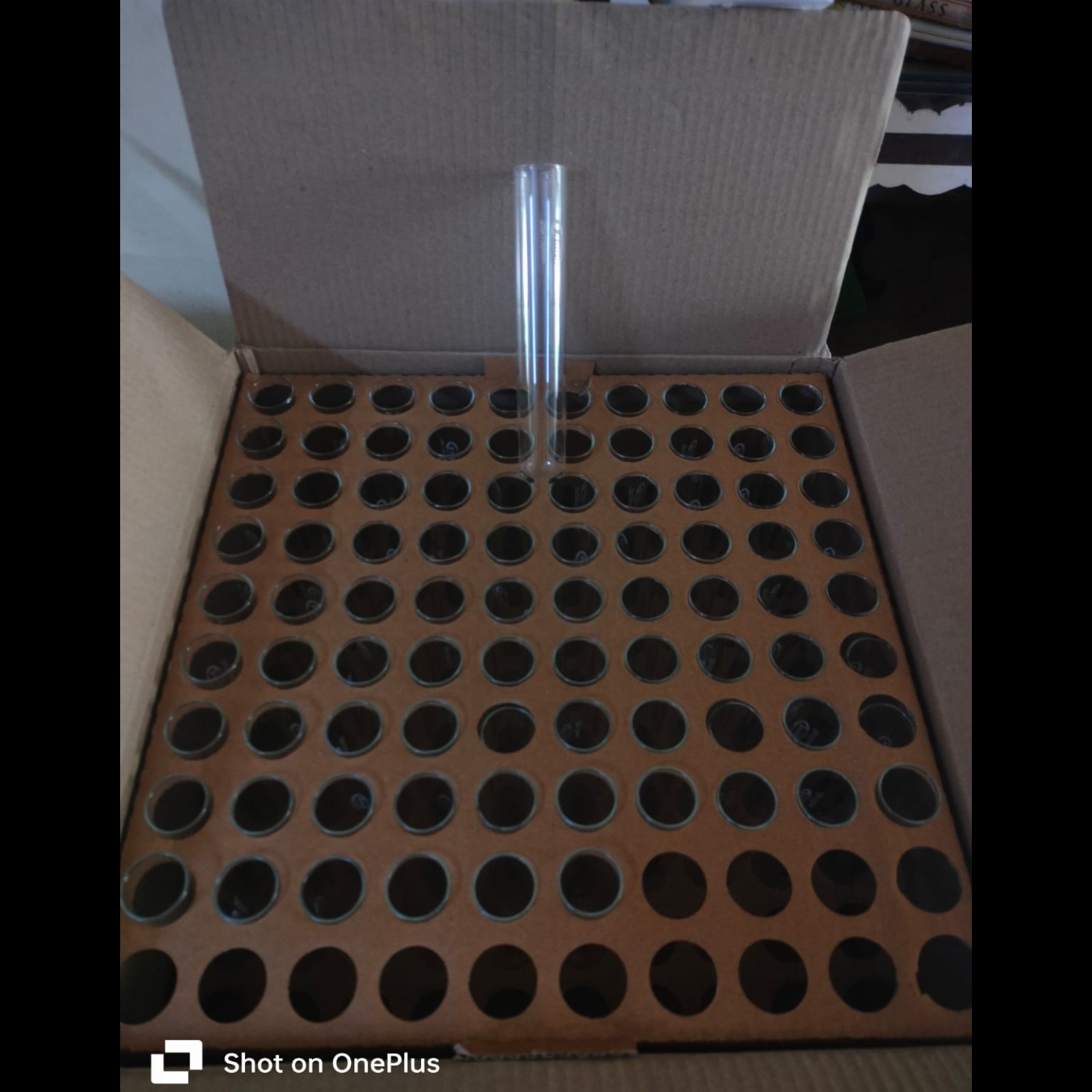
2025-07-28T10:24:43
est tubes, also characterized as culture tubes or sample tubes, is a type of laboratory glassware that consists of a finger-like length of transparent plastic tube that is open at the top and closed at the bottom. Hard glass test tubes are used for experiments regarding high temperature. A test tube is defined as a small, long plastic cylinder with one open end used to store, mix, or hold liquids, bodily fluids, bacteria, or chemicals. Test tube definition is a laboratory tool with various functions in the biological and chemical sciences. The test tubes in the featured image are growing bacteria. Test tubes are used primarily for qualitative observations of biological, biochemical, or chemical reactions. They are not used for measuring liquids or solutions like graduated cylinders. Biologists, biochemists, chemists, microbiologists, and biomedical scientists use test tubes in different ways. So, what is a test tube used for? Test tube functions in the real world are diverse, but their most common uses in the laboratory are as containers to: Grow or identify microorganisms Hold bodily fluids or liquid solutions Heat solutions Use as mixing vessels for observing reactions Biologists, biochemists, and microbiologists primarily use test tubes to mix samples, make qualitative observations of reactions, and perform genetic sequencing tests of humans, plants, fungi, parasites, animals, viruses, or bacteria. Microbiologists also use test tubes to culture, identify, and store microorganisms like bacteria or fungi. When microbiologists grow bacteria in glass test tubes, the tubes are capped loosely to allow some oxygen to get into the container. A few examples of how biologists or microbiologists use test tubes include: Centrifuge and microcentrifuge tubes: These are capped plastic tubes with graduated markings and a conical bottom. They are used to mix or physically separate the contents of samples in a high-speed spinning device. PCR tubes: Microcentrifuge tubes with snap caps that hold 0.2 mL or 0.5 mL of liquid are called PCR tubes, which are used for genetic sequencing tests. Glass test tubes: Glass tubes are frequently used as containers for qualitative observations of chemical or biochemical reactions. When indicators are added to solutions or broth, they cause observable changes (like a color change) based on the presence or absence of certain chemicals. Agar culture tubes: These are usually screw-capped glass tubes filled with plant-based gelatin called agar. They are used to grow, culture, and identify bacteria in a microbiology lab. Broth culture tubes: These are usually screw-capped glass tubes filled with nutrient broth. They are also used to grow, culture, and identify bacteria.

Have a question? Ask here!
Required fields are marked *